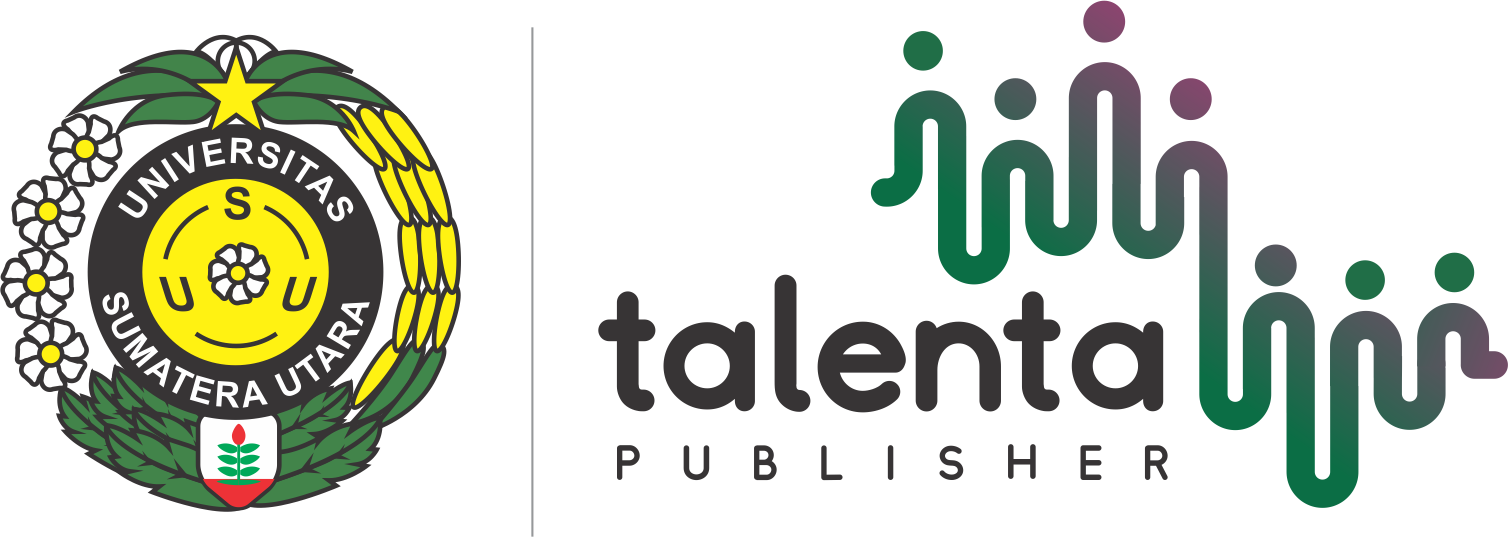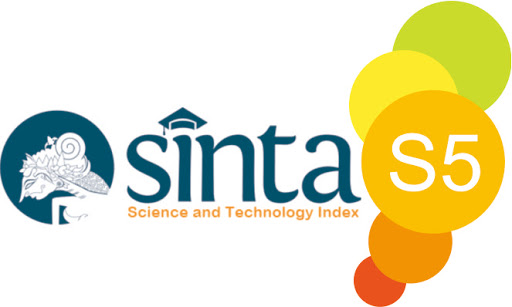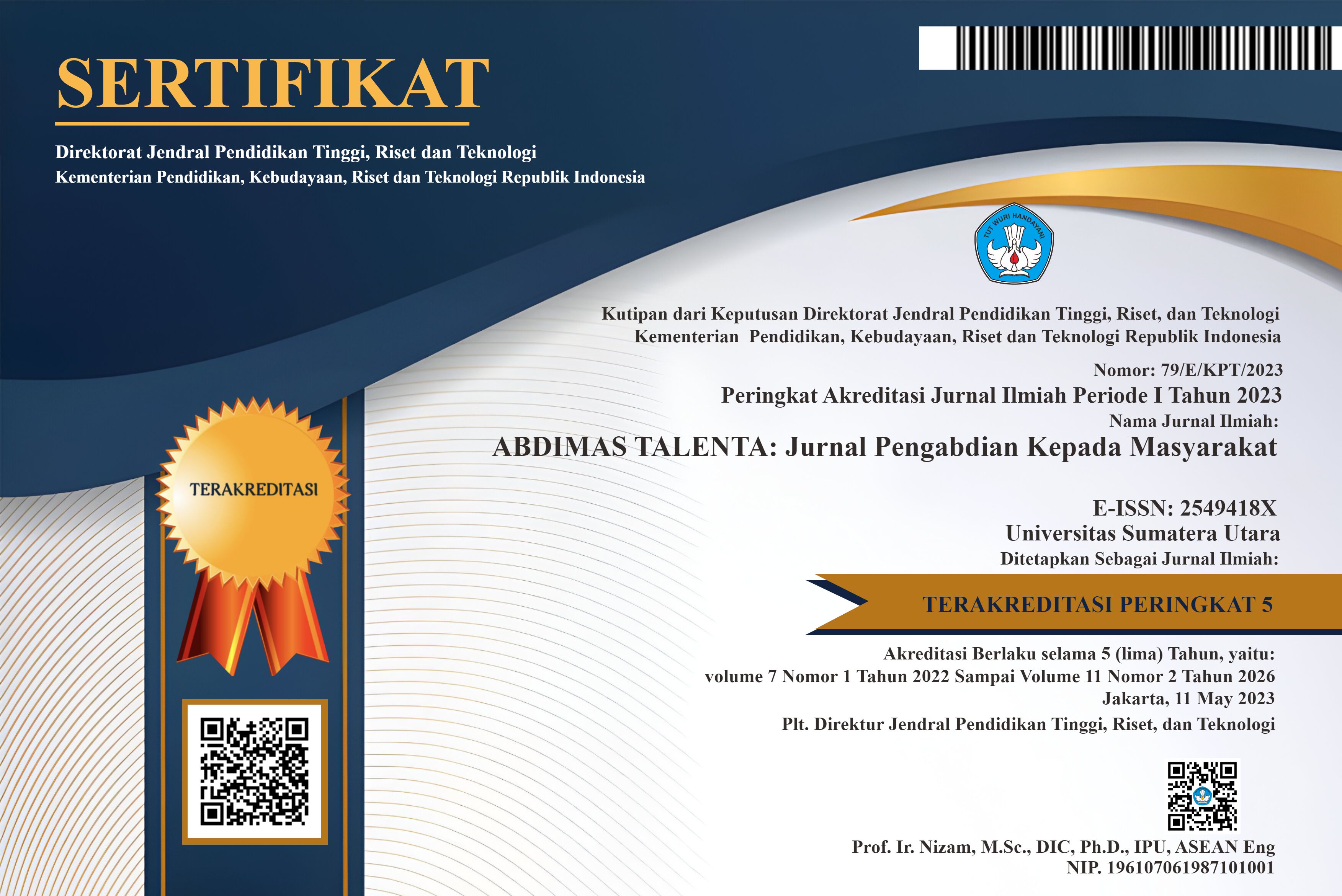Socialization of Automatic Distance Sensor Technology Implementation in Charity Boxes
DOI:
https://doi.org/10.32734/abdimastalenta.v8i1.7835Keywords:
Automatic Proximity Sensor, Charity BoxAbstract
The purpose of this service activity is to apply the design of the mosque charity box tool with a good security system and improve skills and productivity in young men and women. The target of the implementation of Automatic Proximity Sensor Technology in the Charity Box in the Tembelang Village area, Tembelang District, Jombang Regency are young men and women. This activity was carried out at the AL-Hasan Balongombo TPQ Hall, Tembelang Village, Tembelang District, Jombang Regency with 20 participants. The implementation method uses PAR (Participatory Action Research) or so-called participatory action research, action research is related to an agenda for social change that embodies the belief in gathering knowledge to define problems to be solved. Then evaluate the activities using a Likert scale questionnaire form, with the results that 50% of the material presented is in accordance with the needs of partners and 60% of partners are satisfied with the implementation of this outreach activity.
Downloads
Downloads
Published
Issue
Section
License
Copyright (c) 1970 ABDIMAS TALENTA: Jurnal Pengabdian Kepada Masyarakat

This work is licensed under a Creative Commons Attribution-ShareAlike 4.0 International License.
The Authors submitting a manuscript do so on the understanding that if accepted for publication, copyright of the article shall be assigned to Jurnal Abdimas TALENTA as well as TALENTA Publisher Universitas Sumatera Utara as the publisher of the journal.
Copyright encompasses exclusive rights to reproduce and deliver the article in all forms and media. The reproduction of any part of this journal, its storage in databases and its transmission by any form or media, will be allowed only with written permission from Jurnal Abdimas TALENTA.
The Copyright Transfer Form can be downloaded here.
The copyright form should be signed originally and sent to the Editorial Office in the form of original mail or scanned document.












